Scott Christensen
Given that Scott Christensen rarely picked up an artist's brush until his college years, some would say he came to the canvas late indeed. Yet in a sense, art was with him all along. One of the strongest memories of his Wyoming boyhood is visiting his grandfather, who, having been injured in a farm accident and confined to a wheelchair, gave himself over to painting. "What I remember best," Scott says, "is the smell of paint in that house." That, and the fact that some
More
Given that Scott Christensen rarely picked up an artist's brush until his college years, some would say he came to the canvas late indeed. Yet in a sense, art was with him all along. One of the strongest memories of his Wyoming boyhood is visiting his grandfather, who, having been injured in a farm accident and confined to a wheelchair, gave himself over to painting. "What I remember best," Scott says, "is the smell of paint in that house." That, and the fact that some of the only times his grandfather was content was either in front of an easel or showing off his work to his grandson.
Christensen, whose paintings are now collected by people around the world, was reared in Lander, Wyoming, son of hardworking parents who passed on a strong commitment to excellence and dedication to athletic competition. In fact, Scott did not direct his focus to art until he was sidelined by a serious neck injury in college. The life as he'd known it for so long melted away like a June snow. In the year following graduation, with the encouragement of his wife Karen, he gave up a teaching and coaching position and launched a study of the great masters of traditional art, developing through this ongoing study a solid definition of good art. Early on, for example, he was struck by how the impressionists tended to sacrifice the drawing aspect of their art in order to get just the right vibration of pigment, producing works with an uncanny degree of light and atmosphere, paintings that fairly shimmered with color.
At the same time he strove to figure out how best to incorporate those aspects of nature that would make his painting stronger, without becoming a slave to the scene by trying to put in everything, pushing beyond what a painting could bear. For guidance he turned to the works of Sir Alfred East and Edgar Payne, men who were extraordinarily inventive when it came to selecting and arranging the most important elements of a scene. "You have to make sacrifices," Scott explains. "Maybe you're standing in a place where the sky and the mountains are very dramatic; the trees have incredible color and the water is vibrant. You have to decide what you want your painting to be about, render that element most important, and then paint everything else to support it."
Christensen's family is an important source of support. Karen, with a keen eye for the challenges presented by color and composition, is Scott's primary critic and a person whose opinion he trusts. Tony, Ashley, Meleah and Elise, ranging in age from 16 to 6, continuously remind Scott that painting is not the aim or focus of life, but instead painting contributes to the art of living.
Christensen's work has been exhibited in many prestigious museums and shows throughout the country, such as National Academy of Western Art, Pre de West Invitational at the National Cowboy and Western Heritage Museum in Oklahoma City, OK, the Gilcrease Museum in Tulsa, OK, National Museum of Wildlife Art in Jackson, WY, Denver Art Museum, Kimbal Museum, Salmagundi Club in New York, Autry Museum, Salon d' Arts at the Colorado History Museum.
Scott Christensen has been a recipient of many honors throughout his art career including Arts for the Parks competition in 1991; Northwest Rendezvous Juror's Award of Merit in 1993 & 1994; Most Distinguished Alumni of Chadron State College 1997 and the Prix de West Award for his painting "Wind River Ice" in 2000. This painting as well as 61 others is reproduced in Christensen's 140 page book published in 2000 titled The Art of Scott L. Christensen.
He has taught workshops at Disney Animation Studios, Scottsdale Artists School, Fredericksburg Art School and the Fechin Institute and is published in Southwest Art, Art of the West, Persimmon Hill and American Artist. , Jackson, Wyoming, and Scottsdale, Arizona; Whistle Pik Ga
Less
 "Southpark Haystacks"
20" x 30" oil
$7,800
New Arrival!
"Southpark Haystacks"
20" x 30" oil
$7,800
New Arrival!
 "Canyon Snow"
12" x 24" oil
$4,250
New Arrival!
"Canyon Snow"
12" x 24" oil
$4,250
New Arrival!
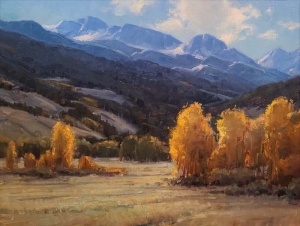 "Gallatin Valley"
30" x 40" oil
$12,000
"Gallatin Valley"
30" x 40" oil
$12,000
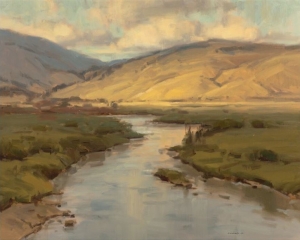 "East Rosebud Creek, Montana"
24" x 30" oil
SOLD
"East Rosebud Creek, Montana"
24" x 30" oil
SOLD
 "Bluffs"
30" x 36" oil
$12,000
New Arrival!
"Bluffs"
30" x 36" oil
$12,000
New Arrival!
 "High Country Lake"
20" x 24" oil
$6,200
New Arrival!
"High Country Lake"
20" x 24" oil
$6,200
New Arrival!
 "Jenny Lake"
20" x 24" oil
SOLD
"Jenny Lake"
20" x 24" oil
SOLD
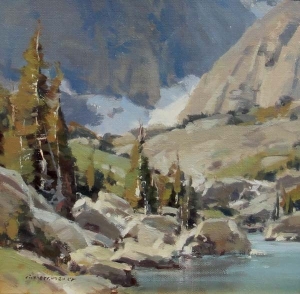 "Miller Lake Inlet"
10" x 10" oil
SOLD
"Miller Lake Inlet"
10" x 10" oil
SOLD
 "September, Pole Creek"
12" x 16" oil
Sold
"September, Pole Creek"
12" x 16" oil
Sold
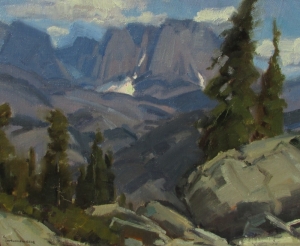 "Wind River Range"
10" x 12" oil
SOLD
"Wind River Range"
10" x 12" oil
SOLD
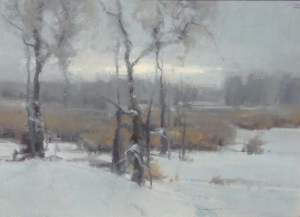 "Winter Greys"
14" x 20" oil
SOLD
"Winter Greys"
14" x 20" oil
SOLD
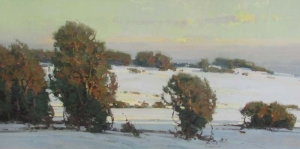 "Winter Light"
20" x 40" oil
SOLD
"Winter Light"
20" x 40" oil
SOLD
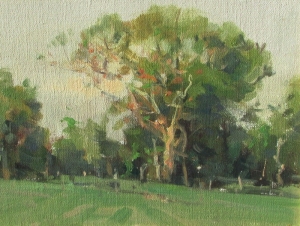 "Distant Ground"
6" x 8" oil
SOLD
"Distant Ground"
6" x 8" oil
SOLD
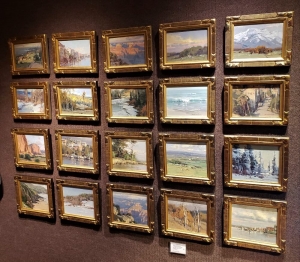 "A Painter's Travels"
Set of 20 paintings oil
SOLD
A rare collection of phenomenal works spanning 20 years of the plein air master's painting travels
"A Painter's Travels"
Set of 20 paintings oil
SOLD
A rare collection of phenomenal works spanning 20 years of the plein air master's painting travels
 "Summer Flow"
40" x 48" oil
SOLD
"Summer Flow"
40" x 48" oil
SOLD
 "Winter Cottonwoods"
10" x 12" oil
SOLD
"Winter Cottonwoods"
10" x 12" oil
SOLD
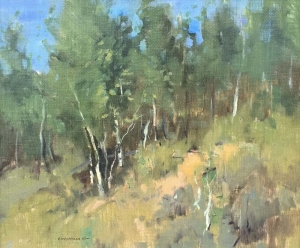 "Sun Valley Aspen Study"
10" x 12" oil
SOLD
"Sun Valley Aspen Study"
10" x 12" oil
SOLD
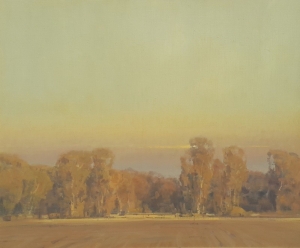 "Pastoral Evening"
40" x 48" oil
SOLD
"Pastoral Evening"
40" x 48" oil
SOLD
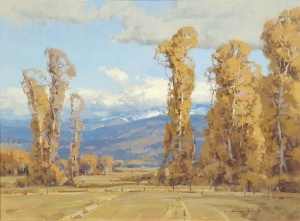 "Turn Toward Autumn"
30" x 40" oil
SOLD
"Turn Toward Autumn"
30" x 40" oil
SOLD




















